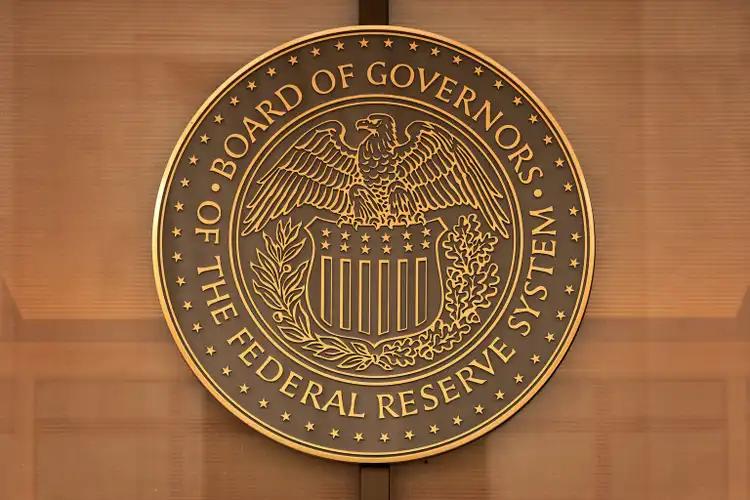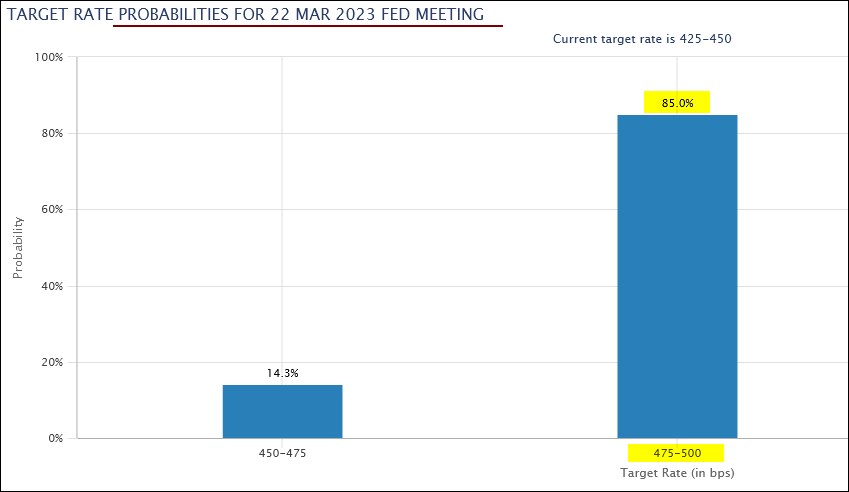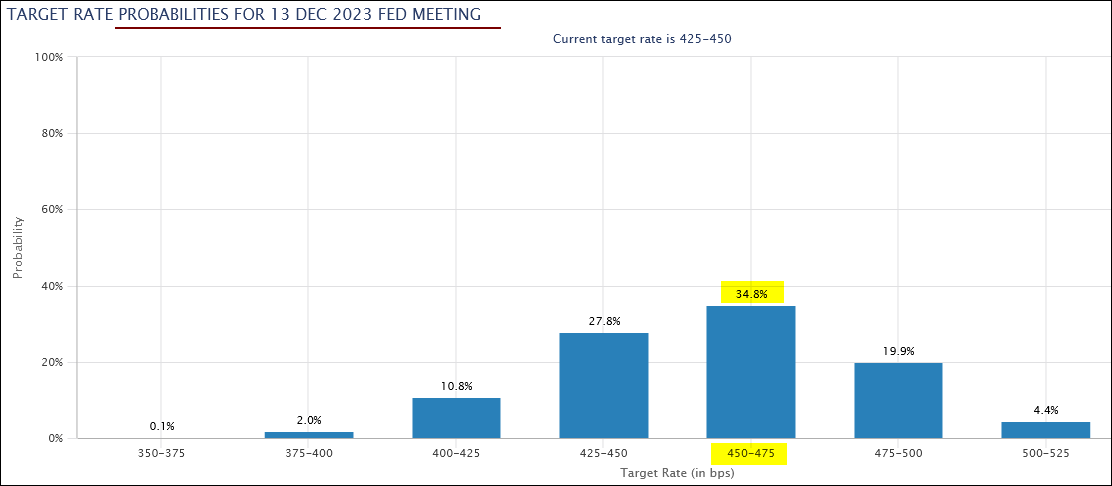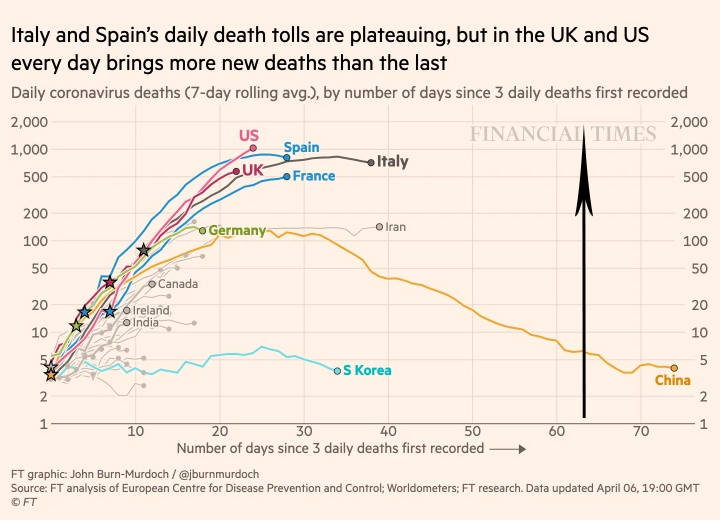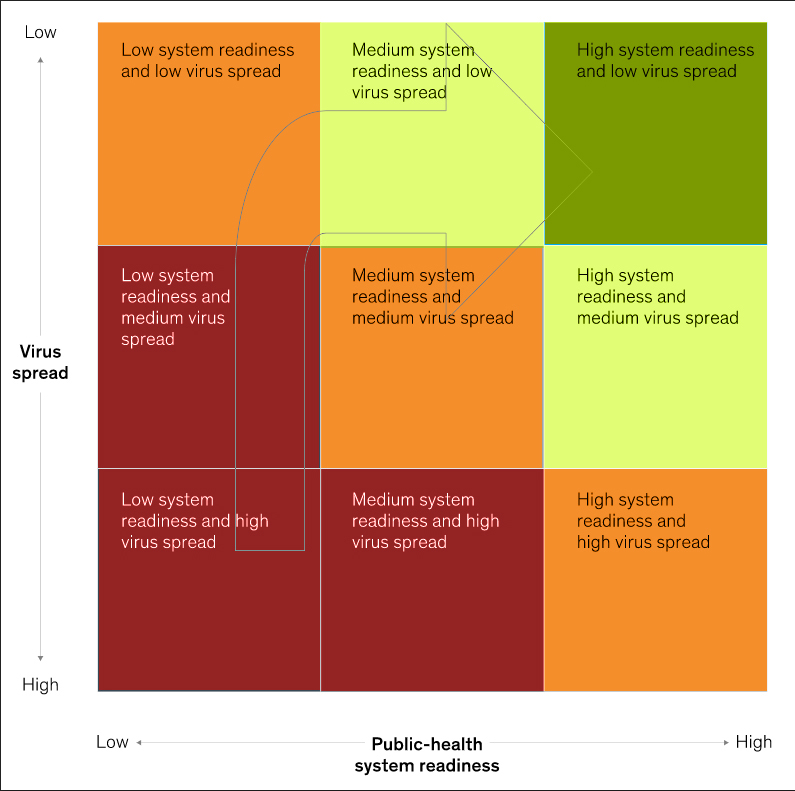The Unfolding Crisis
A rapidly rising rate environment is usually fertile ground for a recession, but if the pace is measured and well-anticipated, the economy and the financial markets adjust. That is how the markets have continued to negotiate rising rates by the Federal Reserve as it battles to control inflation.
Typically, a catalytic event is needed to raise fear to a level where business and consumer confidence is jolted and begins to rapidly deteriorate, thus raising the probability of a recession or a serious slowdown. The run on banks over the last two weeks indicates significant stress within the mid-tier layer of the US banking structure and is suggestive of a potential catalyst well capable of triggering a recession or a slowdown.
Last week saw the Federal Reserve, FDIC, and the Treasury step in to steady financial markets and prevent panic from spreading, but by the end of the week the same issues persisted. Even a coordinated effort from larger banks by placing deposits in these distressed banks has not restored confidence, as these regional banks remained under pressure.
The crisis has contributed to a more negative tone in the stock market.
Federal Reserve Meeting
The Federal Reserve's upcoming interest rate policy meeting with a decision announced on March 23 is expected to be significant, with real suspense over the outcome. The market's fluctuating expectations have gone from predicting a half-point increase to a no-rate hike and now to a quarter-point rate increase.
One solution to the crisis could have been a full guarantee of all deposits by the Federal Reserve. However, that authority, which saved the financial system in 2008, has been revoked by Congress. Thus, the Federal Reserve is now using the systemic risk classification to react to banking events that are occurring, as was done with the Silicon Valley Bank situation. However, such a systemic risk does not provide certainty to the entire system and also it may not be used in all cases to guarantee all uninsured deposits, as the Treasury Secretary emphasized last week.
Thus, the Federal Reserve is handling the crisis in other ways. Last week, the central bank opened up a one-year borrowing window on highly favorable terms for financial institutions to address the liquidity concerns.
One of the most potent remedies to restore confidence can be a rate cut, but it is highly unlikely in the near term and will depend on how the banking crisis evolves. The next best alternative is to pause further rate hikes, which can avoid more pressure on bank portfolios.
We believe the Federal Reserve is likely to raise rates by a quarter-point in this week's meeting and, to soothe the market, indicate that it will likely pause and not increase rates at its May meeting. A banking crisis can be deflationary as confidence and loan growth are adversely affected, crimping economic activity. Thus, the Fed will factor-in the slowdown from the crisis into its calculus, and will have room to step-back from future hikes, at least in the first half.
It should be noted that the present crisis is much more limited, confined, and does not suffer from junk collateral as the last crisis which triggered the Great Recession.
Stocks Likely to Remain Under Pressure
While a potential pause at the June meeting will be welcomed by the market, it still does not directly address the banking crisis, which is spreading beyond our borders. The latest casualty was Credit Suisse Bank, which had to be acquired by UBS in a fire sale after the Swiss central bank intervention. Perhaps the same approach of fire sales backstopped by Federal credit would be needed to quickly take out the problem banks and insulate the broader financial system.
In the meantime, stocks will remain unsettled as the recession risk rises. Higher risk segments of the market are more exposed and growth stocks will remain under pressure. Small caps will have a harder time overcoming growing economic concerns. Interestingly, biotech stocks should likely be supported by declining 10-year yields and may perform relatively better than other such segments. Defensive healthcare stocks may find some favor after an exodus this year by investors.
The banking crisis is serious and caution is advisable when it comes to portfolio exposure. It is time to consider reducing exposure, particularly if the market reacts adversely to the Fed's meeting this week. After recent adjustments, we are now 70% invested in the Prudent Healthcare model portfolio, 75% in the Prudent Biotech model portfolio, and 90% in the Prudent Small Cap model portfolio.
The article was first published exclusively on Seeking Alpha.
